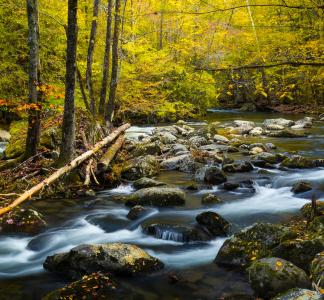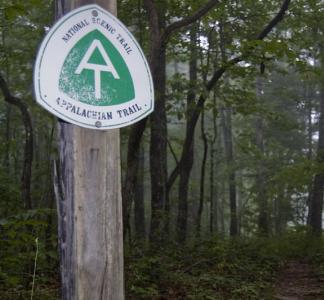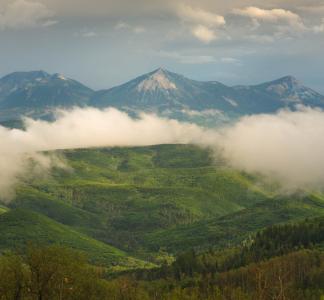Where to see wilderness in the eastern U.S.
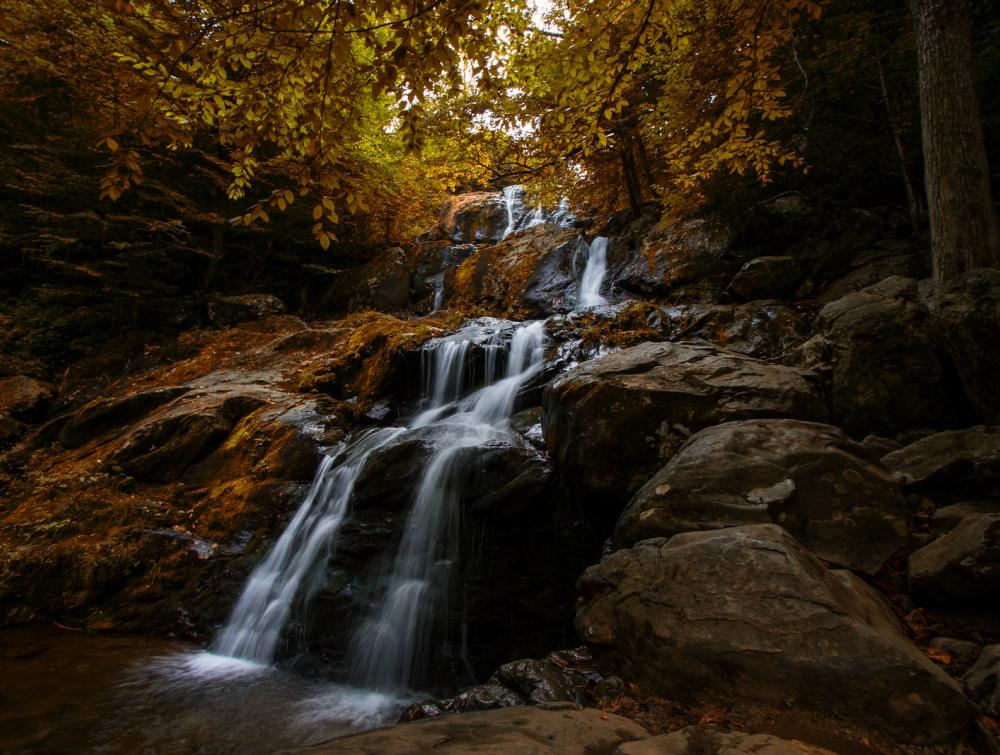
Jim Lukach, flickr
Here are just a few notable wilderness areas east of the Mississippi River.
Befitting a pioneer nation, many of our most revered natural landscapes, from the Grand Canyon to Yosemite, are in the west. However, the roots of American conservation lie firmly in the eastern half of the country, as do many pieces of extraordinary designated wilderness.
We itself grew out of a famous roadside chat in the Southern Appalachians, and all its founders save Aldo Leopold were born and raised in the eastern part of the country (though Leopold’s seminal contribution to mid-20th century environmentalism, A Sand County Almanac, chronicled his time in Wisconsin).
Perhaps the organization’s signature achievement, the Wilderness Act of 1964, was authored by Howard Zahniser, an easterner whose love of nature was formed partly in upstate New York’s Adirondack Mountains. And amid icons like Bob Marshall Wilderness (Montana) and Glacier Peak Wilderness (Washington), the first batch of irreplaceable public land protected that year included three eastern wilderness areas: New Hampshire’s Great Gulf Wilderness, and North Carolina’s Linville Gorge and Shining Rock Wildernesses.
In the east, you can find soaring mountain ranges, lush autumn foliage, exotic coastal wetlands and much more, protecting a wide range of wildlife habitat and offering ample recreation opportunities for hikers, campers, hunters, fishers and sightseers. The close proximity of many of these wildlands to major metropolitan areas makes them all the more delicate, but it also lends them much of their power, as a primal salve to smoggy, fast-paced city life.
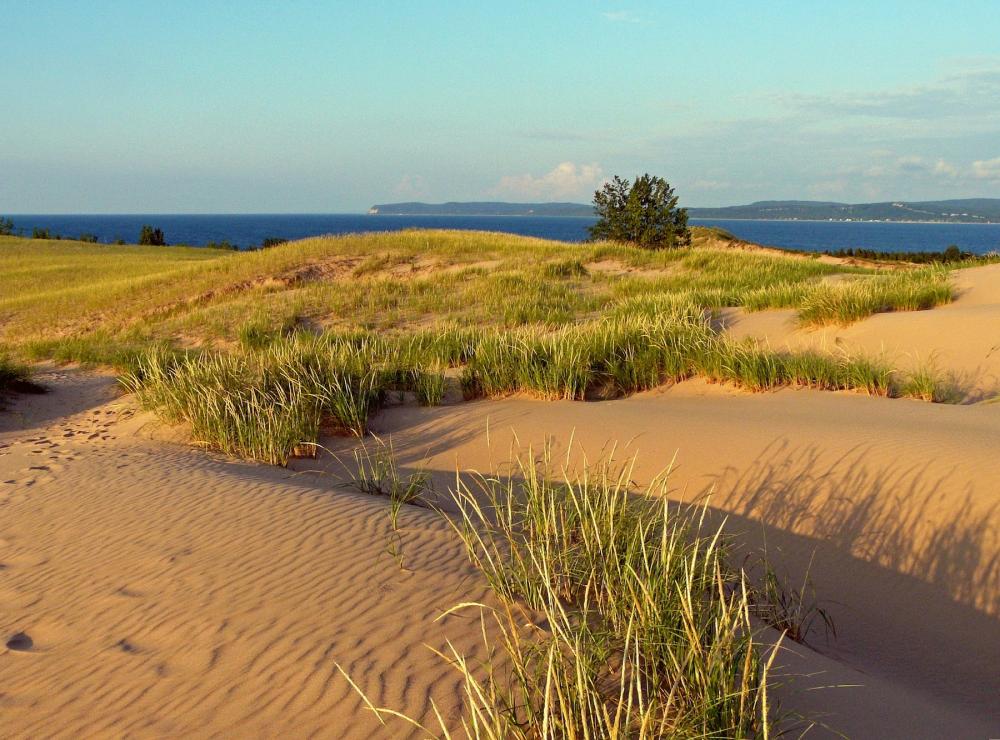
Sleeping Bear Dunes, Michigan
Jim, flickr
Sleeping Bear Dunes Wilderness (Michigan)
Sleeping Bear Dunes Wilderness includes portions of two islands, forests, miles of beach and spectacular sand dunes rising hundreds of feet above the only Great Lake contained entirely within the U.S. Officially protected as wilderness in 2014, it encompasses about 32,500 acres of outstanding vistas.
Outside of Michigan, the area is probably best known as “the most beautiful place in the country,” an honor conferred in 2011 by ABC’s Good Morning America. Indeed, its sandy shoreline, crystalline waters and lush foliage make for a unique experience and major tourist attraction.
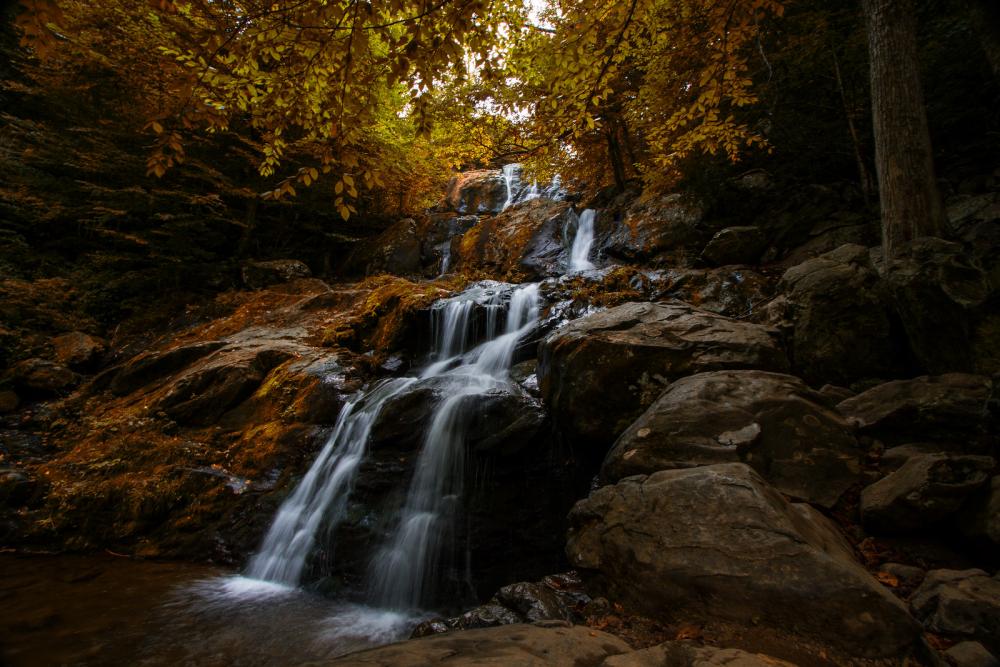
Jim Lukach, flickr
Shenandoah Wilderness (Virginia)
A few hours’ drive from the nation’s capital, the nearly-80,000-acre Shenandoah Wilderness makes up roughly 40 percent of Virginia’s Shenandoah National Park. The area is criss-crossed by about 175 miles of trails, and contains vital habitat for wildlife including deer, bears, bobcats, ruffed grouse, barred owls and wild turkeys.
Shenandoah Wilderness is something of a rarity among protected wilderness, as nearly all of the park in which it is situated was once farmed, logged or otherwise developed. Thankfully, subsequent conservation efforts led to a natural renaissance, and the area has since been restored to a state resembling its former glory.
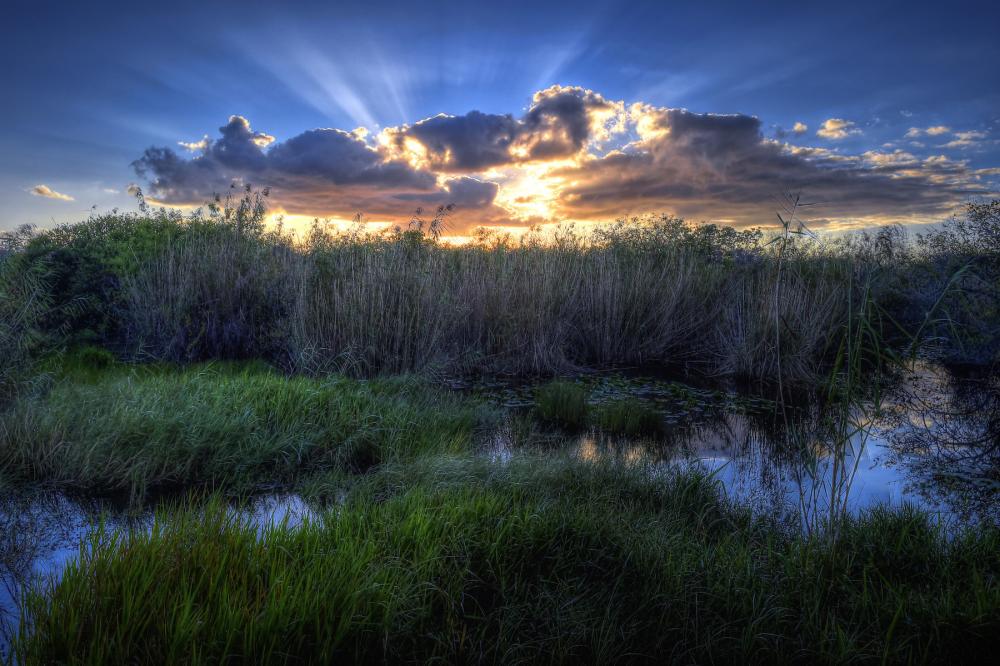
View of sunsetting over everglades, Flordia
Diana Robinson
Marjory Stoneman Douglas Wilderness (Florida)
Untamed and utterly unique, the Florida Everglades comprise a teeming “river of grass” that contains wildlife ranging from alligators to river otters to flamingoes. About 1.3 million acres of Everglades National Park--the vast majority--is set aside as the Marjory Stoneman Douglas Wilderness, named for a prolific writer, suffragist and civil rights champion who was closely associated with efforts to conserve the area.
The Marjory Stoneman Douglas Wilderness is the largest protected wilderness in the eastern U.S. In addition to the half-submerged marsh landscape for which it is best known, this chunk of the Everglades also contains stretches of mangrove and cypress forest--all part of a vibrant, irreplaceable ecosystem that is a far cry from the inhospitable wasteland early European settlers imagined.

Hiker on Sandwich Mountain within the Sandwich Range Wilderness, New Hampshire
Mary & Dan, Flickr
Sandwich Range Wilderness (New Hampshire)
New Hampshire’s largest wilderness area at about 46,000 acres, Pemigewasset Wilderness (affectionately called the “Pemi” by locals), offers some of New England’s best backpacking, hiking and cross-country skiing routes, in addition to incredible opportunities for solitude. The aptly-named “Wilderness Trail” is thought to be one of the most-used in the White Mountains.
More than 15 different 4,000-foot mountains lie in or border on the Pemigewasset Wilderness, whose hardwood forest has regenerated over the course of five decades after extensive logging. Moose, deer, foxes and black bears all call this area home. It is one of the only designated wilderness areas within a few hundred miles of Boston.
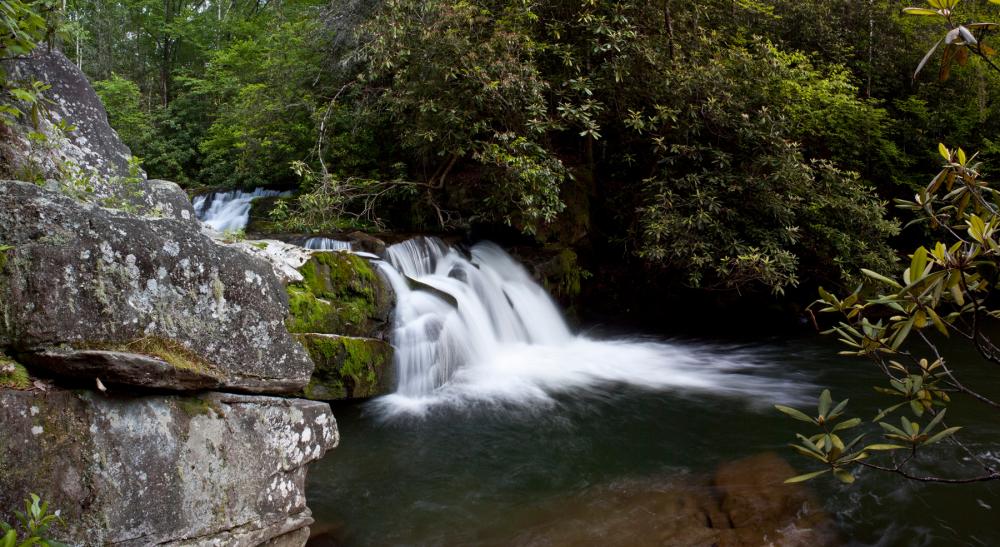
Joyce Kilmer-Slickrock Wilderness, Tennessee
Jeff Moore, Flickr
Joyce Kilmer-Slickrock Wilderness (North Carolina, Tennessee)
The Joyce Kilmer- Slickrock Wilderness stretches between the Nantahala National Forest in western North Carolina and Cherokee National Forest in eastern Tennessee, a beautiful refuge of old-growth woodland nearly unprecedented in the eastern U.S. This is fitting, as its namesake is the author of the most famous poem ever written about trees (“I think that I shall never see/a poem as lovely as a tree”).
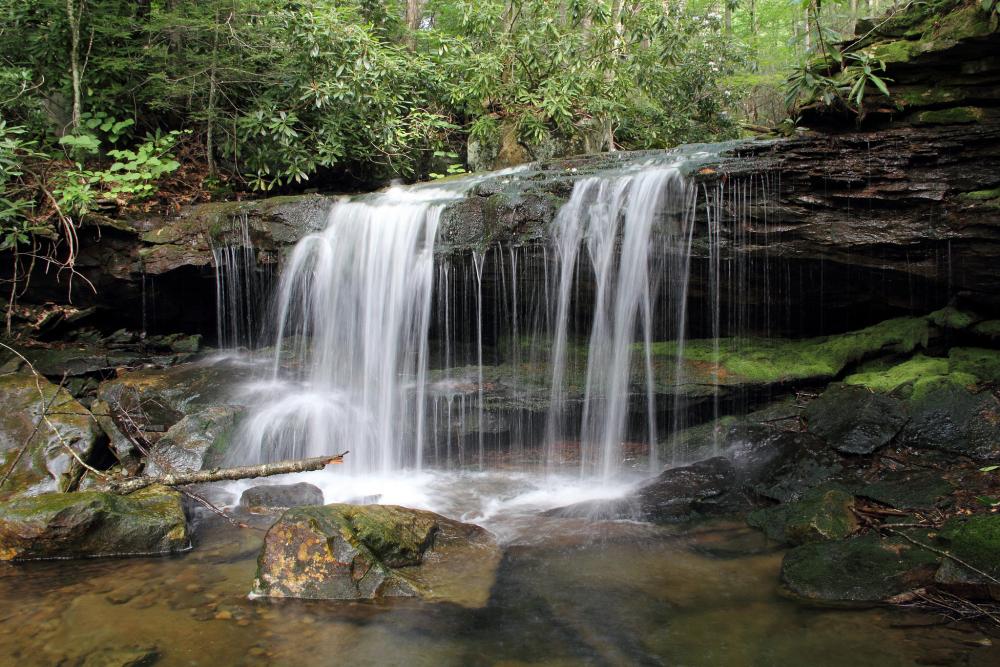
Cranberry Wilderness, West Virginia
Random Michelle, Flickr
Cranberry Wilderness (West Virginia)
Containing the entire drainage of the Middle Fork of the Williams River and the North Fork of the Cranberry River, West Virginia’s Cranberry Wilderness is a popular spot for autumn foliage-watching and backpacking within the Monongahela National Forest. It is considered among the “wilder” and more untouched wildlands in the heavily-developed eastern U.S.
In addition to stunning scenery, the Cranberry Wilderness harbors black bears, bobcats, mink, white-tailed deer and wild turkeys.
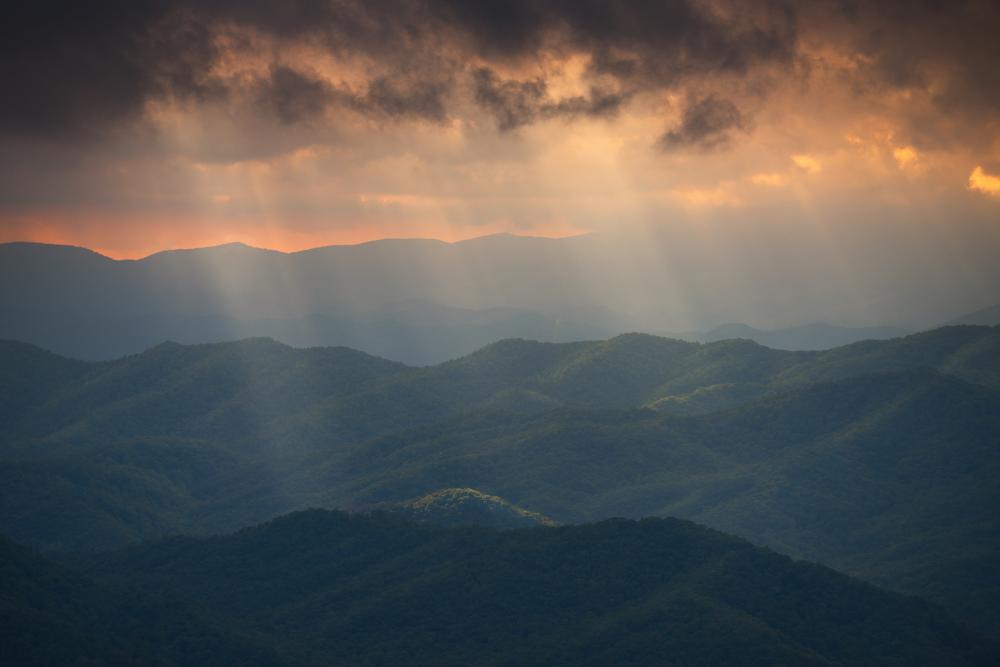
Nantahala National Forest, NC
Mason Cummings, TWS
Southern Nantahala Wilderness (North Carolina, Georgia)
Renowned by adventurous backpackers, Southern Nantahala Wilderness is a rugged patch of forest at the south end of the Blue Ridge Mountains, straddling the border between North Carolina and Georgia. The four-mile section of the Appalachian Trail that runs through the wilderness represents the only developed trails on the Georgia side, but hikers can access roadbeds to venture into truly rugged woods. In North Carolina, most available trails are extremely challenging.
Even if you’re standing still, Southern Nantahala Wilderness is a remarkable place. Spruce, fir and mixed hardwood forest--mostly restored since settlers harvested lumber in huge quantities during. Streams running through the rugged landscape feed the Nantahala, Hiwassee and Tallulah Rivers.
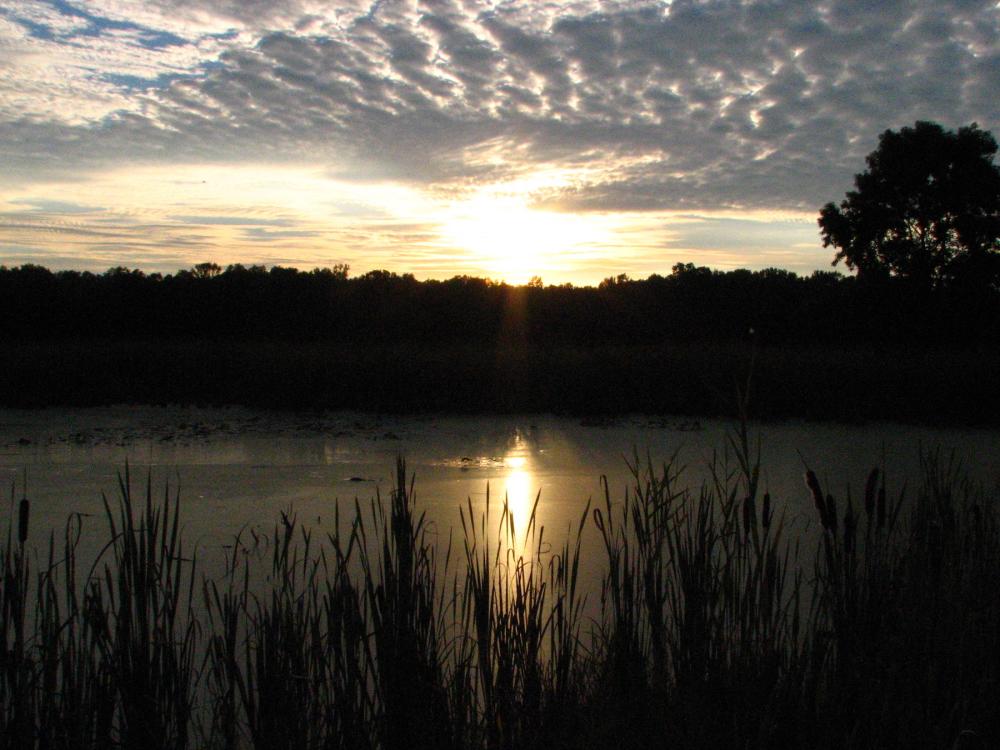
Great Swamp Wildlife Refuge, NJ
Dalton, Flickr
Great Swamp National Wildlife Refuge Wilderness (New Jersey)
Within easy driving distance of New York City, this wetland wilderness, situated in a national wildlife refuge of the same name, protects habitat for otters, foxes, white-tailed deer, migratory birds, bog turtles, salamanders and more. The array of plant life on display is similarly impressive, including viburnum, trillium, starflower, geranium, ginger and iris in the spring; swamp honeysuckle, fringed orchid and evening primrose in the summer; and aster, goldenrod and gerardia in the autumn.
All of this makes the wilderness a popular getaway for city-dwellers, who can walk eight miles of peaceful trails in stark contrast to the hustle and bustle of urban life. Designated in 1968, Great Swamp National Wildlife Refuge Wilderness was the first managed by the Department of the Interior.
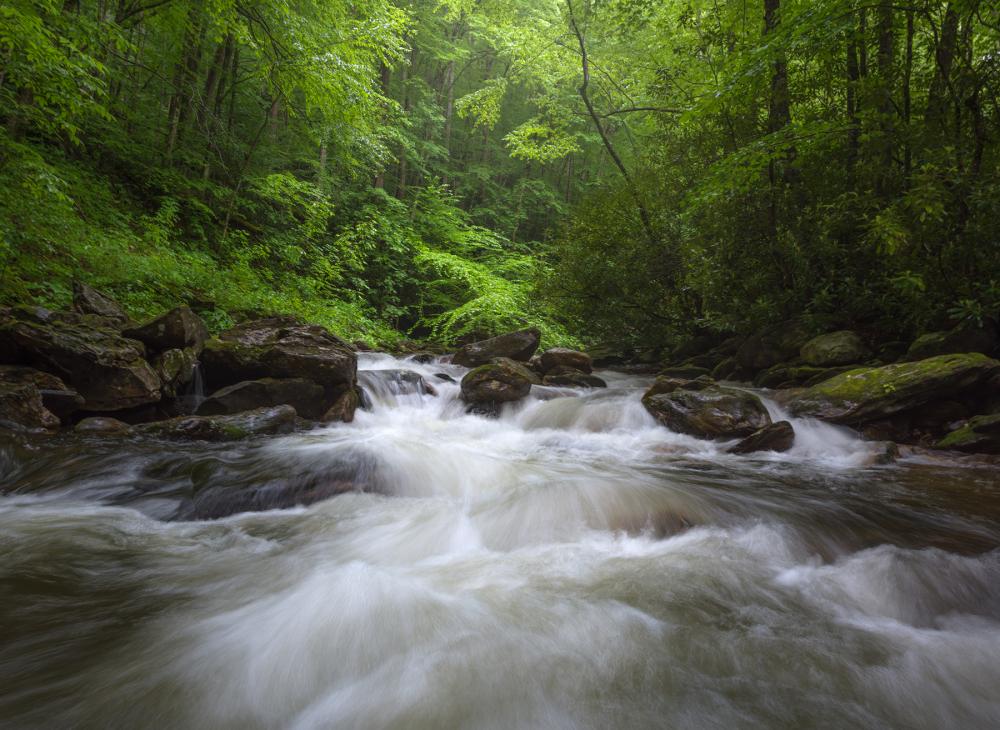
Streams in Pisgah National Forest, North Carolina
Mason Cummings, The Wilderness Society
Linville Gorge Wilderness (North Carolina)
"The Grand Canyon of the East" is one of the most scenic river gorges in the country, and it is only fitting that the protection of part of it as wilderness closely followed the passage of the Wilderness Act in 1964.
Since the Linville Gorge area’s rough terrain prevented clear-cutting, it remains one of very few old-growth forests remaining in the Blue Ridge Mountains. Visitors have therefore been treated to scenic vistas of craggy rock and thick forest for decades. Popular activities in this piece of the Pisgah National Forest include rock climbing at Jonas Ridge to the east, sightseeing at Linville Falls, backpacking, rock-climbing, hunting and fishing.
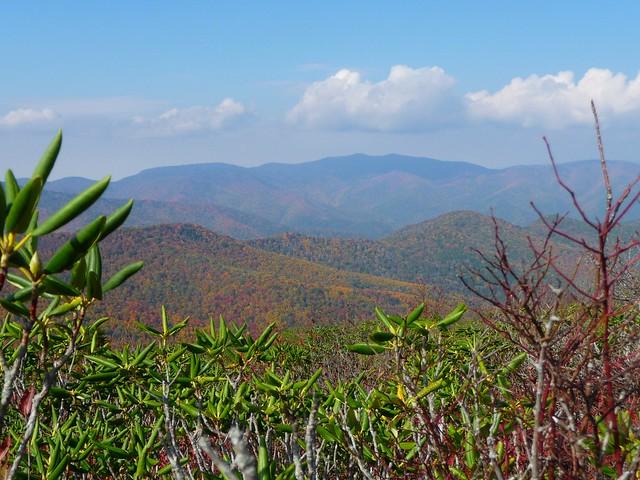
Shining Rock Wilderness, North Carolina
Brenda Wiley, flickr.
Shining Rock Wilderness (North Carolina)
Among the first pieces of land to be protected under the 1964 Wilderness Act, the Shining Rock Wilderness is the largest such area in North Carolina, now covering over 18,000 acres of rugged, rocky terrain and three mountain peaks taller than 6,000 feet.
Despite hard-to-follow trails, this wilderness remains one of the most visited in the state, partly due to its close proximity to Asheville and other populous areas. However, it is also a major attraction in its own right: the 30-mile Art Loeb trail, considered one of the best in the region, cuts through the wilderness, leading to the summit of Cold Mountain and offering extraordinary views of the surrounding area.

Hiker on Sandwich Mountain within the Sandwich Range Wilderness, New Hampshire
Mary & Dan, Flickr
Sandwich Range Wilderness (New Hampshire)
For many, the highlight of Sandwich Range Wilderness is its 57 miles of maintained hiking trails. The wilderness is the second-largest in New England, over 35,000 acres of stunning land in the extremely popular White Mountain National Forest. Wildlife highlights in the area include moose and peregrine falcons.
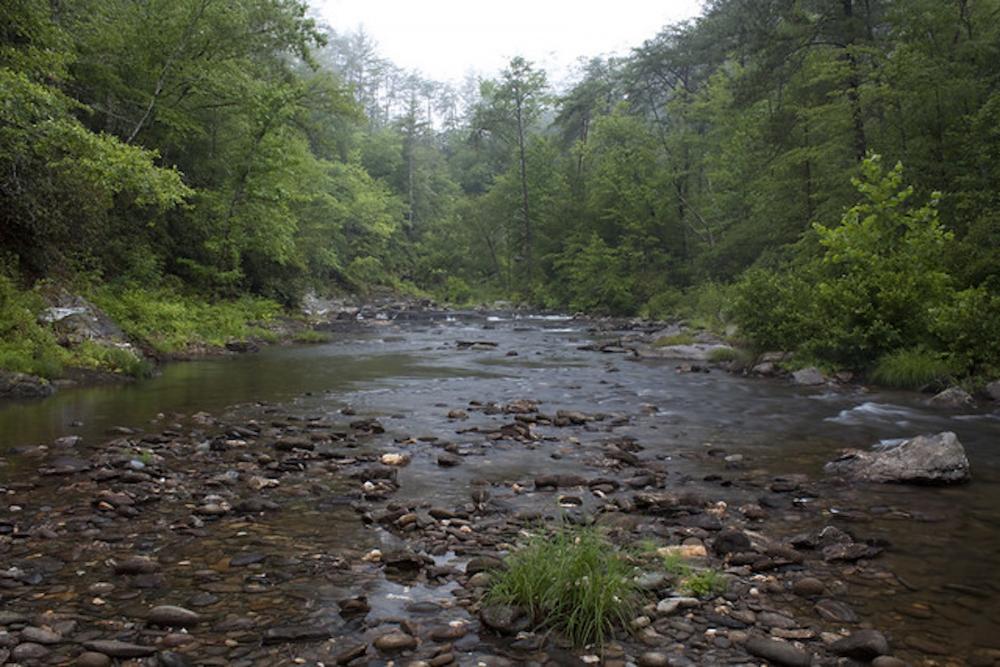
Cohutta River, Georgia
Jeff Moore, Flickr
Cohutta Wilderness (Georgia, Tennessee)
Cohutta Wilderness, most of which is in Georgia, offers some of the best trout fishing in all the south, as well as hunting grounds for sportsmen seeking white-tailed deer, black bears, wild boars and hundreds of bird species. Still, the most popular form of outdoor recreation enjoyed in the nearly-37,000-acre protected area is probably hiking, with about 100 miles of trails available for public use.
Like many other pieces of wild public land in the east, the area that is now protected as Cohutta Wilderness was once logged heavily, and had to make a major comeback to emerge as the forested paradise that locals know today, thick with oak, pine and numerous hardwood trees. The area is an especially popular site for spring and summer sightseeing, as flowering plants bring forth a rainbow of color.
